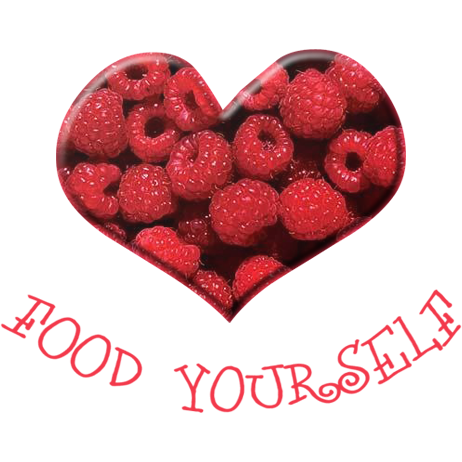According to the great Michael Pollan we should only eat foods that eventually rot. To elaborate – food processing began as a way to extend the shelf life of food by protecting it from fungi, bacteria, insects and rodents. The more processed a food is, the longer the shelf life, and the less nutritious it becomes. Real food is alive and will eventually die! So, how can you bring this new knowledge into the grocery store? Try shopping the peripheries of the supermarket.
Read More…the more you eat the more you toot. I really dislike this saying and I think for two good reasons – one, are beans actually a fruit? And two I hate the word toot! Well, according to my sources legumes ARE in fact the dried fruit or seed of a leguminous plant in the leguminosae family and include: peas, beans, alfalfa, soybeans, and lentils. However, in the fresh form, they are used as vegetables. What do ya know – I learned something too!
Read MoreI know you’re out there…all you pill poppers who love to take endless amounts of vitamins and minerals…but the question is are they all necessary? A couple of weeks ago we talked about omega 3 supplementation and I promised you a post on multivitamins, so here it is. Plus this also gives me the chance to tackle a reader’s question on protein powder.
Read MoreValentine’s Day is just around the corner, so why not surprise your loved one with a basket of nutritious red strawberries? What’s that? Did I hear you say strawberries aren’t in season? Well, did you know that frozen strawberries could actually be more nutritious than fresh strawberries? Can’t beat the gift of health!
Read MoreNow that you know heart-healthy fats exist, adding flavor and texture to your food while providing energy and vitamins to your body, I thought this would be a good time to introduce you to my two friends omega-3 and omega-6. Both of these guys are essential fatty acids. ‘Essential’ means you need to eat foods containing these two fatty acids because your body is unable to make them by itself.
Read MoreIs it just me or is buying a loaf of bread getting really complicated? I have to admit, I grew up eating boring old brown bread, but the moment I moved out I made the switch to white. I tricked myself into believing that the nutrient content was the same and it was just the big bad food companies trying to confuse us…well it looks like my parents were right all along – don’t you just hate that!
Read MoreIn 2009, approximately 2.5% of adults in the United States and 4% of adults in Canada followed a vegetarian diet. Additionally, 20 to 25% of Americans reported eating at least 4 meatless meals a week. Vegetarianism has been growing in popularity due to consumer concerns surrounding the economic and ecological impact of eating meat-based diets. So, what are the alternatives? A recent reader expressed her interest in fake meat, which unfortunately is not the answer to a meatless meal, so I’ll spend some time here discussing meat alternatives.
Read MoreA couple of weeks ago we decoded three similar yet very different food terms. To recap: a food guide serving refers to the total amount of food recommended daily from each of the four food groups. While a food label serving is a specific amount of food that contains the quantity of nutrients listed on the Nutrition Facts Label and last but not least portions can be thought of as the amount of a specific food an individual eats. Following this post, I had a couple of comments regarding reading food labels, so I thought I would touch on this while the topic is still fresh.
Read MoreNovember is probably my least favourite month. The weather is terrible, the clocks fall back, which means it’s dark by 4:30, the only ‘holiday’ is Remembrance day and it’s flu season!!!! Time to indulge in oranges and vitamin C supplements, or so you thought.
Read More








